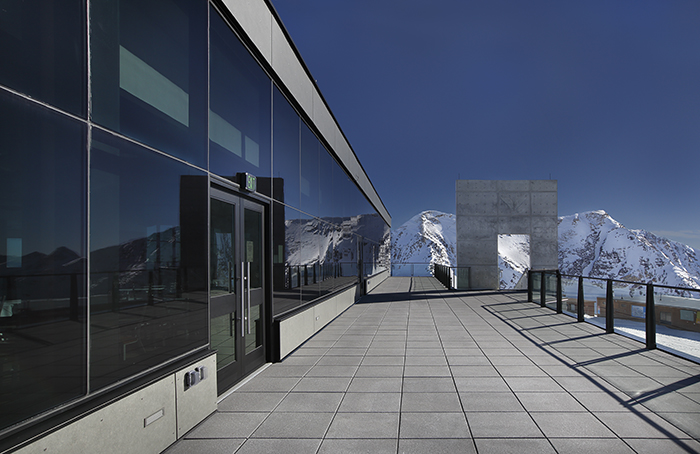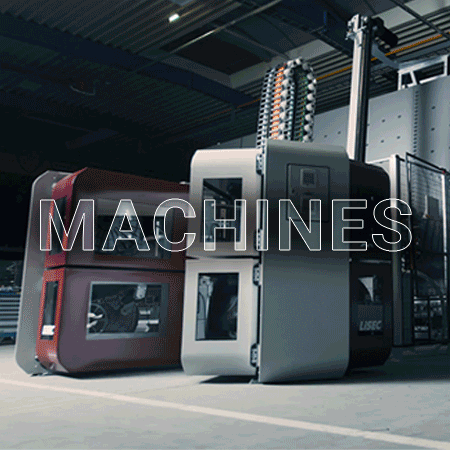State of the Industry for Commercial Windows and Curtain Wall
Market Outlook

In this time of uncertainty, the construction industry closely monitors the monthly economic indicators to gauge the future of nonresidential construction. Conditions remain somewhat mixed as elevated interest rates cause developers and owners to proceed cautiously. As we navigate through this year, let’s delve into the current state of the commercial window and curtain wall systems industry, exploring trends and challenges.
Key Trends
Energy efficiency
There is a growing emphasis on energy-efficient window and curtain wall systems to meet stringent energy requirements. In 2023, Massachusetts released an updated base and stretch energy code with a third net-zero option. The building envelope requirements were some of the biggest changes in the code, requiring triple glazing. These codes drive the need for continued advancement in thermal break innovations, Vacuum Insulated Glass (VIG) or thin triples for commercial glazing to enhance energy performance.
Sustainability
Increasing focus on sustainability and environmental responsibility continues to drive demand for energy-efficient and eco-friendly solutions. High-performance windows can reduce operational costs and carbon emissions. Window or curtain wall framing systems combined with high-performance glass can be optimized to meet building type or climate zone energy performance. Recycled secondary aluminum billet is increasingly used for fenestration products. LEED certification has been the standard practice. There are many other sustainable initiatives, including the Living Building Challenge, Green Globes and WELL. All require documentation by the product manufacturer for reporting the percentage of recycled content or providing EPDs, HPDs or Declare Labels.
Technology advancements
Robotics, drones and AI technology are making inroads into construction processes. Embracing these technologies can enhance productivity and safety, presenting opportunities for innovation and competitive advantage. For instance, robots have been used on the jobsite for installing curtain wall brackets. Manufacturing is utilizing AI technology to improve productivity and efficiency.
Safety
Improving building resiliency against storms and natural disasters has led to the increased use of specialty glazing, including fire-rated, ballistic or bullet-resistant glass. Resilient design is tested through hurricane or tornado impact testing and seismic inter-story drift testing. The glazing industry is also addressing safety concerns in schools with security, ballistic and attack-resistant windows and doors.
Challenges
Cost considerations
High-performance windows and curtain walls can be costly, posing financial challenges for some projects, especially with added costs from evolving energy codes.
Regulatory compliance
Keeping up with evolving codes and standards across different regions adds complexity to product development.
Workforce challenges
The industry continues to face a shortage of skilled labor, particularly glaziers. Efforts are underway to attract younger generations and diversify the workforce through initiatives like the Glazier Apprentice Curriculum and the Workforce Development Toolkits by the NGA.
In this dynamic commercial construction landscape, the window and curtain wall industry must adapt to meet increasing demands for efficiency, sustainability and safety. Embracing innovation and technology will be crucial in advancing these goals, while ensuring enhanced customer engagement by understanding their evolving needs and preferences.






